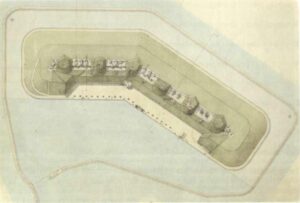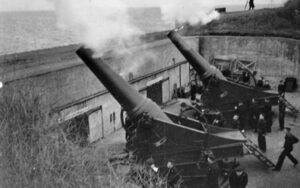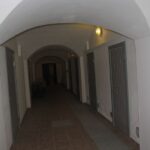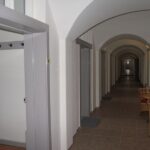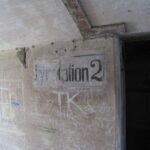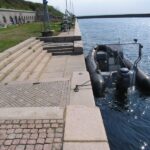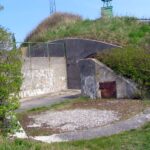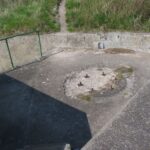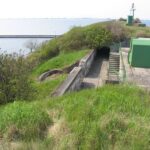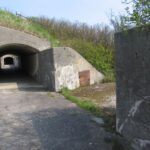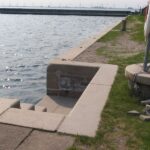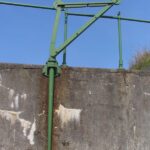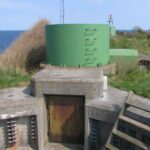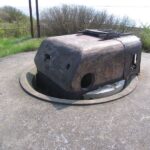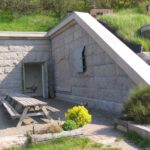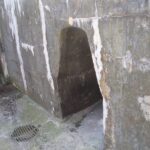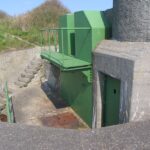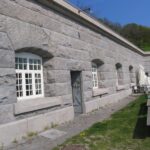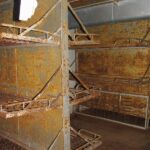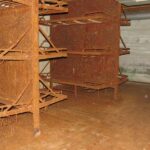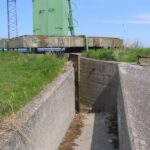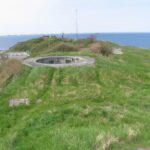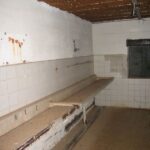The Flak Fort is a naval fort that, in connection with the expansion of the Copenhagen coastal and naval defence, was built during the years 1910 to 1914.
The fort, located in the 3rd, and farthest advanced part of the naval defence line, is constructed on an artificial island.
It is the world’s second largest artificial island of 32,000 square meters. It is known, for the first time, that cast iron concrete boxes were used. The boxes were initially casted on the Lynette Battery’s quay.
The task of the fort was to cover the strait Hollænderdybet, consisting of the waters between the Flakfort and the Middelgrund Fort.
The fort was to further protect the waters of the Flinterenden and the waters between Sweden and Saltholm.
The flak fort also had the opportunity to prevent north-southbound traffic in the Öresund.
The fort has been rearmed several times.
At the time of the construction it was armed with four pcs. of 29 cm haubits M/1910, six pcs. Of 21 cm. guns M/1913 and four pcs. of 75 mm. quick firing guns. During WW1 the fort was reinforced with a 75 mm. and two 47 mm balloon guns and furthermore two 8 mm. rmachineguns. In addition, four pcs. of 150 cm floodlights. For anti-aircraft purpose a 90 cm. was mounted.
The crew consisted of 550 gunners other servicemen.
In 1950 a part of this armament was replaced with four heavy German 105 mm. anti-air craft guns that were presumably moved from the a battery at Hansted (Hanstholm) and six double 40 mm anti-air craft guns M/36 received as Marshall aid from USA.
The 40 mm. gun was an American copy of a 40mm. Bofors gun. In addition, a smaller number of 20 mm anti-air craft guns was added.
During the years 1965-1968 the fort was part of the Hawk missile defense of Copenhagen. These were later moved to the Middelgrund Fort.
The Flak Fort was in service as a naval fort until 1957.
In 1965 it was decided to set up a HAWK rocket squadron on the Middelgrunds Fort, but during the major rebuilding work, this was temporarily relocated to the Flak Fort until 1968.
The crew rooms are rather unique.
In 1975 and it opened for the public, but during this period, a lot of vandalism occurred at the fort.
The interior
- Decorations ind the barracks
The surface
The Hawk remains

